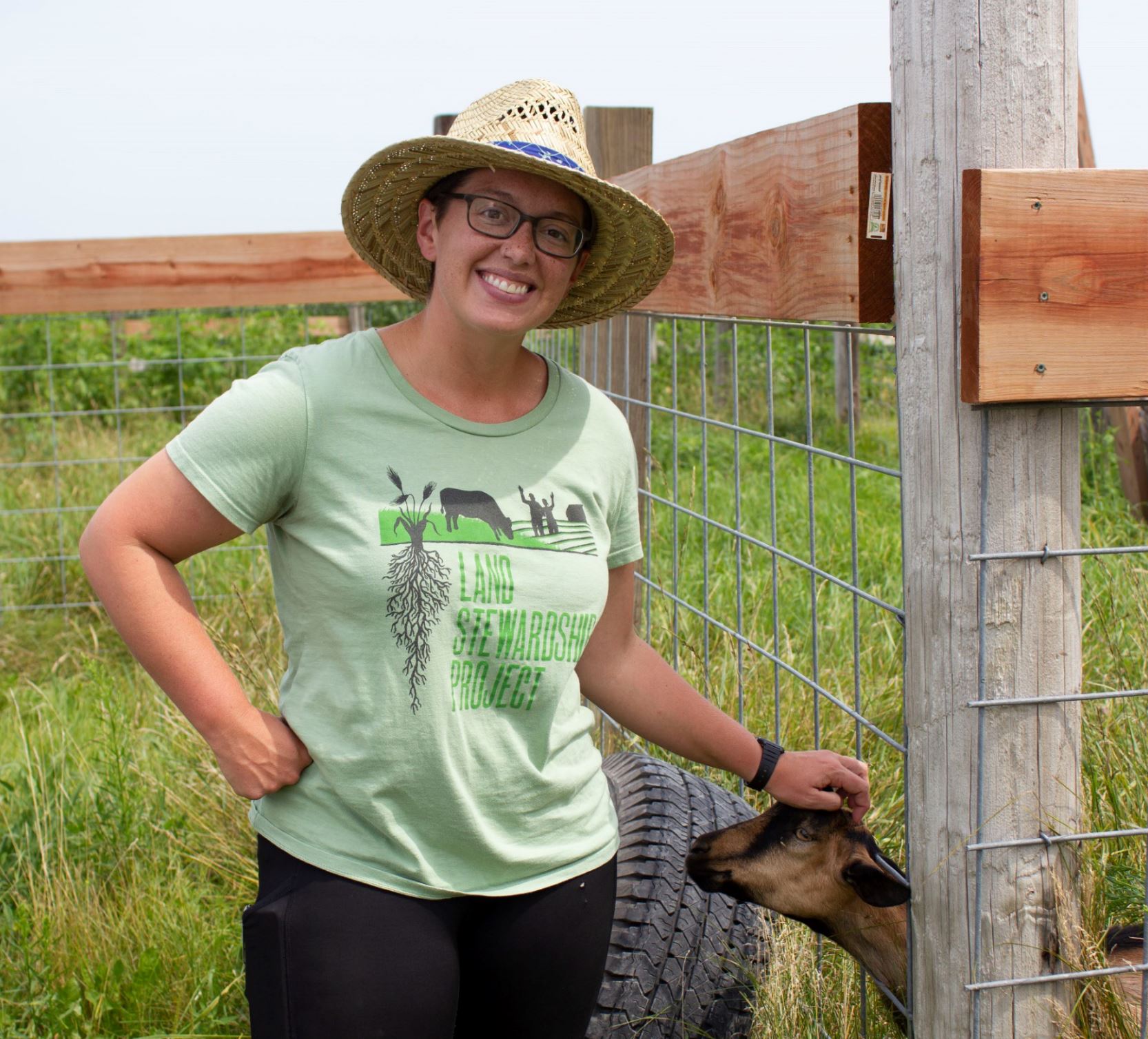On the evening of August 3rd, 2018, farmers and educators gathered around a campfire along the banks of a spring-fed trout stream in southwestern Wisconsin to discuss silvopasture. The group had gathered for a silvopasture workshop hosted by the University of Minnesota Extension, University of Wisconsin Extension, the Wallace Center Pasture Project, and the Savanna Institute. The two-day workshop began with a visit to Nettle Valley Farm near Spring Grove, Minnesota on August 3rd, and concluded with an evening campfire discussion and morning workshop at Willow Creek Ranch in Coon Valley, Wisconsin (Figure 1).

Silvopasture is an agroforestry practice that intentionally integrates livestock, forage production, and trees into an intensively managed system. According to the University of Minnesota Extension, which has produced a guidebook for silvopasture establishment in Minnesota, silvopasture systems can be established either by thinning existing woodland or by planting trees into existing pasture areas. Both Nettle Valley Farm and Willow Creek Ranch are in the process of expanding silvopasture by thinning their woodlands, and the workshop gave participants the opportunity to witness and contribute to the decision-making process that both farms are going though.
At Nettle Valley Farm, Dayna Burtness rotates pastured pigs through pine and walnut plantations and is converting woodland into silvopasture for the pigs to forage and access shade (Figure 2). Increased shade and lower temperatures were identified by Burtness as primary goals of her silvopasture establishment. “My pigs can experience heat stress and reduced weight gain when the temperature is still in the seventies,” she said. “Providing them with shade in the summer is essential.” Martha McFarland, who is implementing silvopasture on her bison ranch in Iowa, is also trying to increase shade for her animals. “Bison don’t mind cold, but they don’t like heat,” McFarland said.

At Willow Creek Ranch, Rod Ofte grazes beef, pork, and poultry and is looking to expand his 25 acres of established silvopasture. For Ofte, keeping his cows and fall calves warm in the winter is another benefit of silvopasture. He’s chosen to leave a buffer of pine trees at the edge of a pasture as a windbreak for his cattle. Diomy Zamora, Forestry Educator with the University of Minnesota Extension, added that forages grown in silvopasture systems can also have increased nutrition and digestibility for livestock.
Concerns about establishing silvopasture were varied. Ben Prostine, a grazier in Soldier Grove, Wisconsin, emphasized that soils and forages may be more sensitive to overgrazing in silvopasture systems, particularly if grazing is taking place on a slope. Ofte and McFarland both discussed the difficulties of maintaining fences while converting woodlands to silvopasture due to fence damage from fallen trees. Zamora and Ofte also emphasized that fences, watering systems, and tree planting or removal all involve significant investments of time, money, and labor that could make silvopasture uneconomic for graziers.
The workshop wrapped up on August 4th with hands-on activities for participants. On a wooded hillside near Ofte’s silvopasture site, small groups were sent out into the woods to practice selecting trees for thinning to achieve a 30-50% canopy cover (Figure 3). Back at the ranch, participants completed an exercise in converting pasture to silvopasture. Prompted by a presentation earlier in the day by the Savanna Institute’s Keefe Keeley, small groups were tasked with working through what, where, and how to plant trees into their own pasture, bearing in mind that tree seedlings need protection from both livestock and weeds, and that alley cropping can be a good option for keeping a pasture in production without having to protect trees from livestock (Figure 4).


More silvopasture field days are anticipated for next year, with additional silvopasture resources available from the University of Minnesota Extension and the Savanna Institute.
